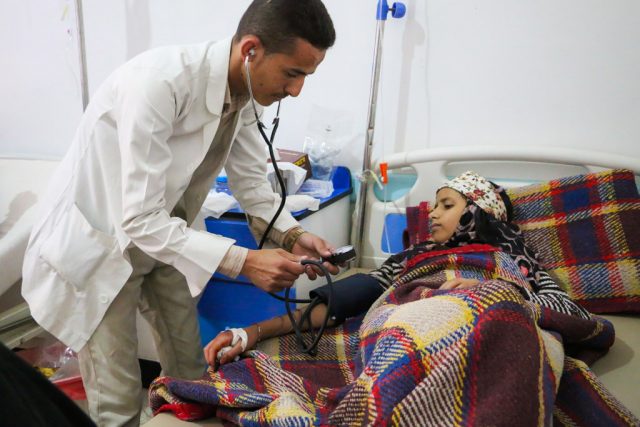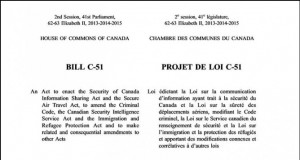On July 5, the United Nations declared the epidemic in Yemen the “world’s worst cholera outbreak.”
Since April, the death toll has reached 1,600. Cases are suspected to be numbered 270,000. The disease has spread to 21 governorates out of Yemen’s 22. Health workers have not been paid in six months; the simple remedy for cholera, replacement of lost fluids, is made more difficult as chlorine for cleaning potable water is running out. Buying drinking water is just unaffordable for many. Of the 27 million in the country, 20 million people are in need. Seventeen million do not know from where their next meal will come.
The epidemic is a human-made crisis. Yemen’s poverty and sanitation infrastructure had only recently been reduced in the 27-month long war. Saudi Arabia invaded Yemen in March 2015 after the shaky transition of power in November of 2011. The Houthis, a Shia rebel group, took advantage of the new president’s weak grasp and rebelled. In 2015, with the help of Sunnis disillusioned by the Yemeni president, the Houthis took over the capital of Sana’a. The change in power led to a Saudi-led coalition invasion under the pretext that the Houthis are an Iranian-backed proxy.
Distinguishing Shia from Houthi is important. Houthi may be Shia, but Shia are not Houthi
This distinction may be looked over as, on June 6, Saudi warplanes struck a health center treating cholera patients in the extreme northwest in Sa’ada Province according to Yemen’s al-Masirah television network. These attacks are not unusual, however, and the air strikes, blockades, and currency collapse have led to a fundamental breakdown of Yemen’s health infrastructure. In the capital of Sana’a, untreated sewage floods the streets. No main electricity plant has existed for two years, and the population resorted to generators and solar power. No cash exists in banks, and both medical and public employees are struggling to survive without pay.
This breakdown of societal institutions has given way for an easily treatable disease like cholera to spread to astronomical proportions. A total of 14.5 million people don’t have regular access to clean water, and 7.3 million live on the brink of famine. This scarcity leads people to desperately ingest food that may have been contaminated with feces which leads to infection by the bacterium Vibrio cholerae.
The sewage, the lack of chlorine, the shortage of clean water, and the Saudi blockade of supplies all create a fertile environment for an easily treatable disease to spread as quickly as it did. Hospital beds overflow to parking lots as there is no room inside the hospitals, and small teams of doctors work around the clock. The rate at which patients come in, two to three a minute, and the deteriorated environment cannot adjust to the stress of a steadily growing rate of the infected.
To stop this unyielding pressure on the civilian population of Yemen, the Saudi coalition needs to recognize the disaster and fix what they broke: the civil institutions and infrastructure that keep a civilian population safe. As earlier stated, cholera is an easily treatable disease. This onslaught of violence has reduced a population from defending itself and made obtaining necessities as simple as clean food and water nearly impossible.










